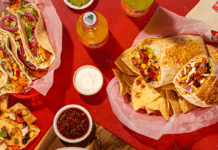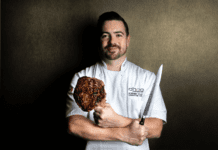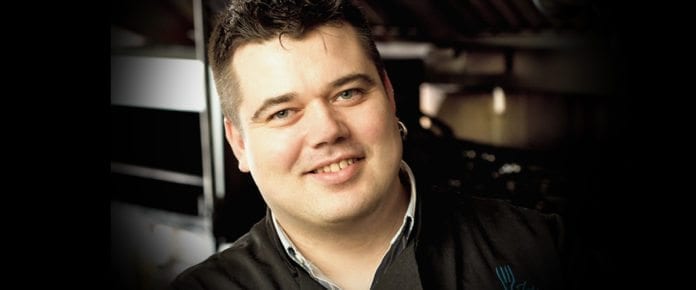Chef Alexander Svenne, formerly of Winnipeg’s Bistro 7 1/4, explains why mainstay chicken isn’t favoured in his kitchen.
Interview by Mary Luz Mejia
F&H: What are key trends in chicken preparation?
Alexander Svenne: Chefs are doing more butchery, buying whole animals or larger cuts and fabricating them. Even with chicken, chefs are less likely to buy a case of boneless chicken breasts; they will buy whole birds and cut them as they need.
F&H: Chicken is one of the top three proteins ordered in Canada. Are you a fan?
AS: Not terribly. If I had [access to a] cool, local farmer raising a heritage breed, if I had a story behind it, I’d sell it. There are only two chicken suppliers in Manitoba, and they’re producing conventional birds.
F&H: So, it’s difficult to source good chicken in Winnipeg?
AS: The way it’s set up here, you can have a small amount of chickens or a huge amount, and the system supports the conventional factory farmers with huge flocks. The quota systems in place make it hard to get free-range, organic and different breeds in the quantity you would need to supply a restaurant like ours. So, we’re left with factory-farmed birds.
F&H: Do you think flavour has been bred out of factory-farmed birds?
AS: In North America, making things easy to mass produce almost always means flavour has gone by the wayside. A farm-killed, free-range chicken will have some flavour, but a supermarket chicken, bred quickly and on mass, has no flavour or texture. Factory-farmed birds are bred to mature quickly whereas heritage breeds usually take longer to mature; that’s what gives them depth of flavour.




















